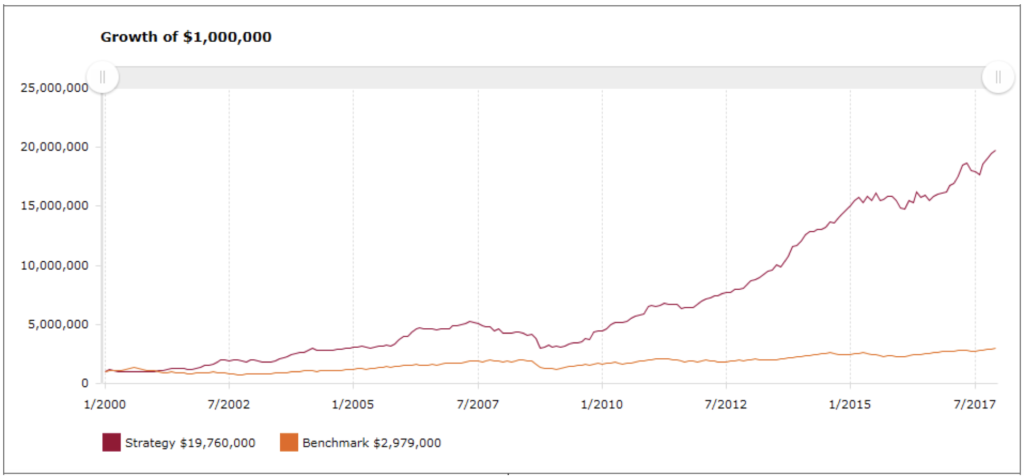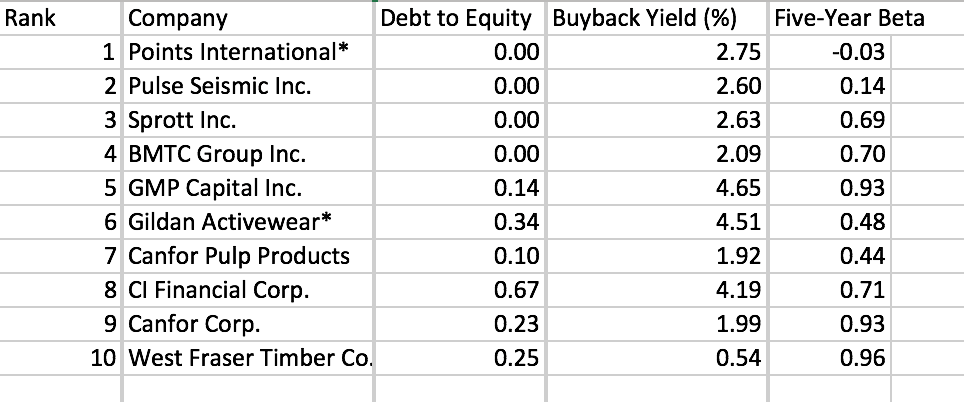How to find stocks that are financially solid
Learn to assess corporate balance sheets to make better stock picks
Advertisement
Learn to assess corporate balance sheets to make better stock picks

 Downside protection also remained strong across the full-time period, with the strategy beating the benchmark in 75% of down markets. Dispersion of returns also indicated the strategy proved to have a small number of extremely negative quarters and a high number of positive quarters.
Lastly, the strategy’s Sharpe Ratio, a measure of risk-adjusted returns, was very strong at 1.1. Calendar year performance and turnover can also be seen below.
The stocks that qualify for purchase into the strategy today are listed in the table below. Note that only 10 stocks qualify as of today. As always, it is advised that investors conduct their own independent research before buying or selling any security.
Downside protection also remained strong across the full-time period, with the strategy beating the benchmark in 75% of down markets. Dispersion of returns also indicated the strategy proved to have a small number of extremely negative quarters and a high number of positive quarters.
Lastly, the strategy’s Sharpe Ratio, a measure of risk-adjusted returns, was very strong at 1.1. Calendar year performance and turnover can also be seen below.
The stocks that qualify for purchase into the strategy today are listed in the table below. Note that only 10 stocks qualify as of today. As always, it is advised that investors conduct their own independent research before buying or selling any security.
 These stocks make the cut:
These stocks make the cut:

Share this article Share on Facebook Share on Twitter Share on Linkedin Share on Reddit Share on Email